How Do I Get A Job In The Computer Vision Industry?
Nov 22, 2021
You have taken some courses, read some books. You have learned the fundamentals of computer vision, and can train your custom vision models.
Great!
What’s next? How do you land your first computer vision gig or job?
Build Things, Preferably Interesting Things
The best thing you can invest your time in is creating your own computer vision projects. It is hard to convince someone of your expertise by merely listing your skills in your resume. So create something and share it.
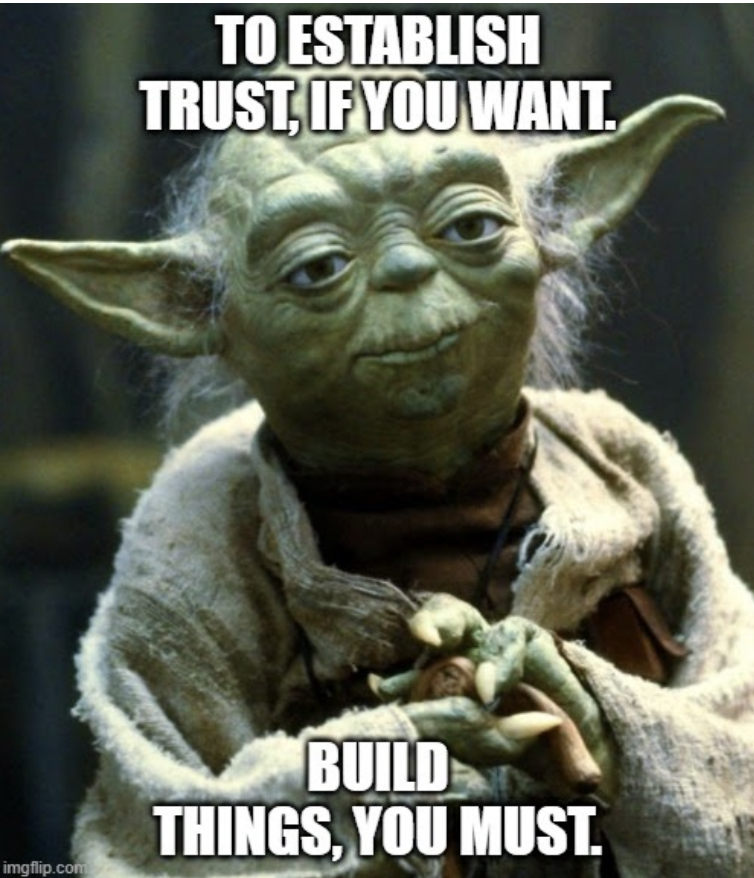
Write a blog about your learning/creation journey, create a YouTube video and post your code in public GitHub repositories. Want to go the extra mile? Deploy your project and make a decent interface. If your project requires extra hardware, then ensure to include a short video tutorial on the high-level overview of the specific hardware as well as how to set it up for the application. Include it in your blog and repository.
While creating any projects at all will definitely help you, it’s better if you work on something unique. Recruiters have seen hundreds of Dog vs Cat classifiers, number plate readers, etc. Look for interesting use-cases, it doesn’t have to be strictly productive. What you want is something intriguing and functional that helps showcase your computer vision skills. You can go above and beyond, by even using computer vision to solve real-world problems, in and around your neighborhood which demonstrates your ability to apply your knowledge and resourcefulness.
An easy way for making your projects more unique is working with things like a Raspberry Pi, or NVIDIA’s Jetson Nano. Heck! Maybe you could get some servos so that you can fabricate your own self-driving car!
Be creative, cross-check your current skills and interests in alignment with computer vision and see if you can find a good use-case. Take something tedious, automate it. Some ideas that can give you a starting point for a project: creating an aimbot for online games that grinds XP for you, creating an app that helps you count loose change, or creating your own scanner applications for sticky notes. Start with something...anything… and then grow from there.
Don’t Stop Learning, Ever!
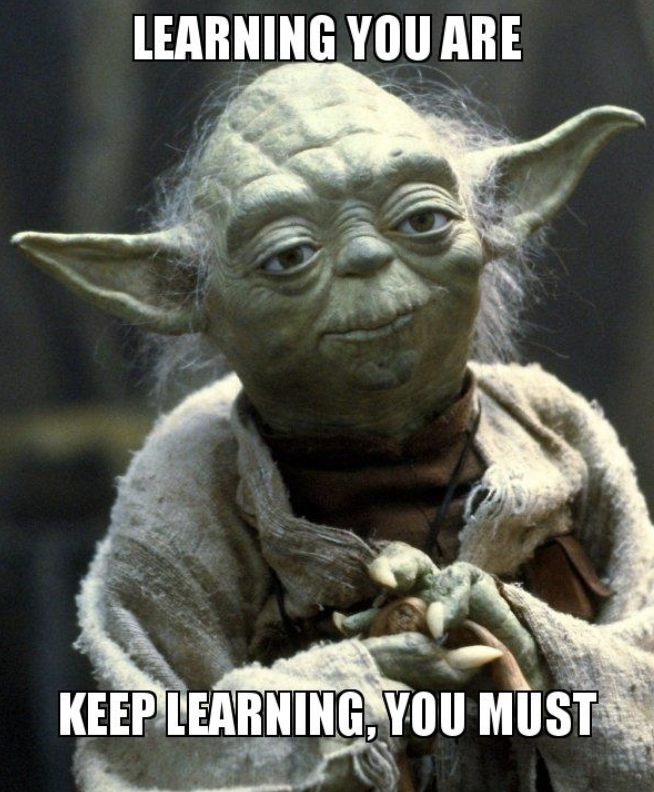
Computer Vision is a very fast-changing field, with new algorithms and papers being published basically every day. So make sure to stay up to date by reading what is going on in the field. PaperWithCode is a good resource that I use to keep in touch with the latest state-of-the-art models and follow some educators in Computer Vision on YouTube and LinkedIn to see what others are doing.
There is always a new, better way for solving the same old problems. YOLOP offers a fundamentally different way of approaching panoptic perception tasks pertaining to self-driving cars. There’s also the possibility of a novel computer vision solution created for industry-specific problems altogether. Things like automated quality assurance, commercial parking management, lesion detection, etc.
Knowing the state-of-the-art frameworks as mentioned earlier, might just be the difference between a successful and failed project. You might just need the extra performance oomph that YOLOR offers, or perhaps the computational efficiency and speed of smaller YOLOX models.
So keep learning. You don’t necessarily need to immediately implement or use everything you learn, you just need to feed your brain good ideas and frameworks for tackling problems.
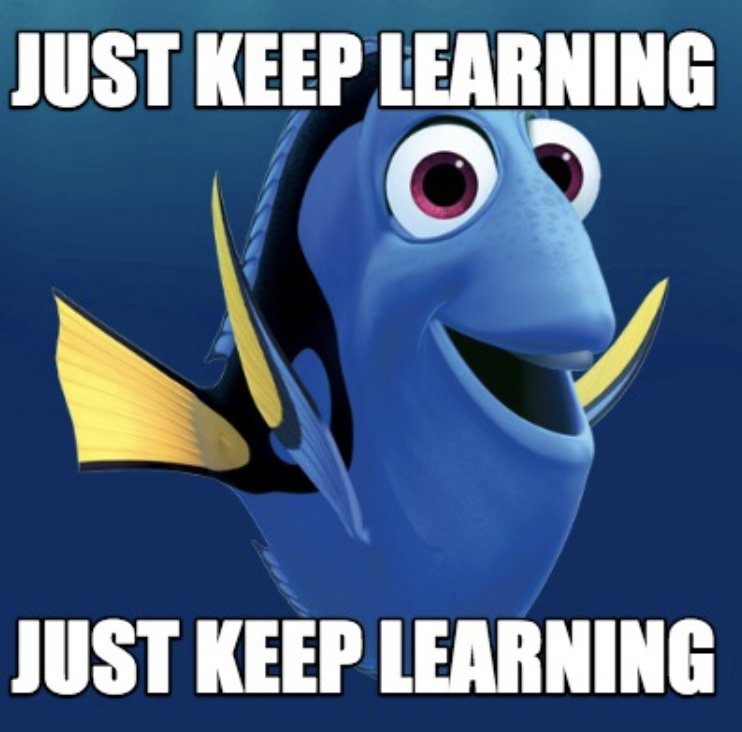
Even beyond the vision models and research, there’s a lot you can learn to be more well rounded candidate: Cloud platforms, AutoML tools, MLOps and the basics of development.
Network & Create An Online Presence
Attend events like meetups, conferences or study groups related to computer vision, deep learning and related fields. This can be good old fashioned in-person networking or online events. You just need to get yourself in front of people. The fact of the matter is that the majority of non-entry level roles are filled through referrals, you have to work accordingly.
If networking is not your thing, you can try creating an online presence. Start your blog and write about learnings, or create a YouTube channel and teach what you’ve learned. Just put yourself out here!
Another way to increase your chances of breaking into the computer vision industry is by working with non-profit companies that are in the field like Omdena.
Applying For Computer Vision Roles
While searching for “Computer Vision jobs” might yield some results, chances are there are a lot of opportunities that won’t show up initially with these keywords alone.
This is where you can get creative by trying some other keywords, for example; machine vision, robotics vision, image processing, or search for skills instead of job titles, like image feature extraction, or more technical keywords like object tracking, segmentation, or maybe even tools like OpenCV, PyTorch 3D, MediaPipe and so on.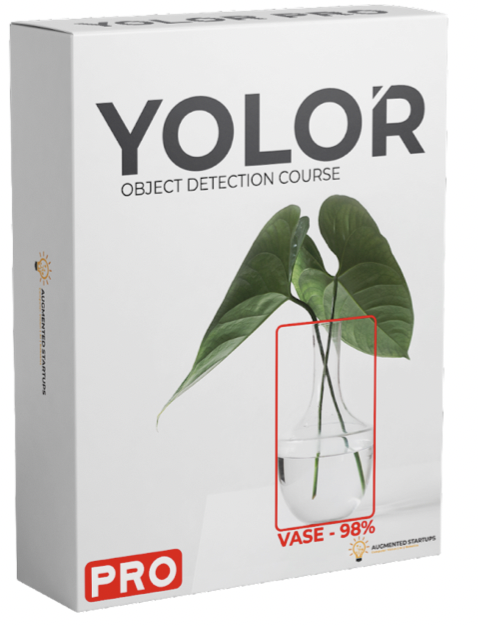
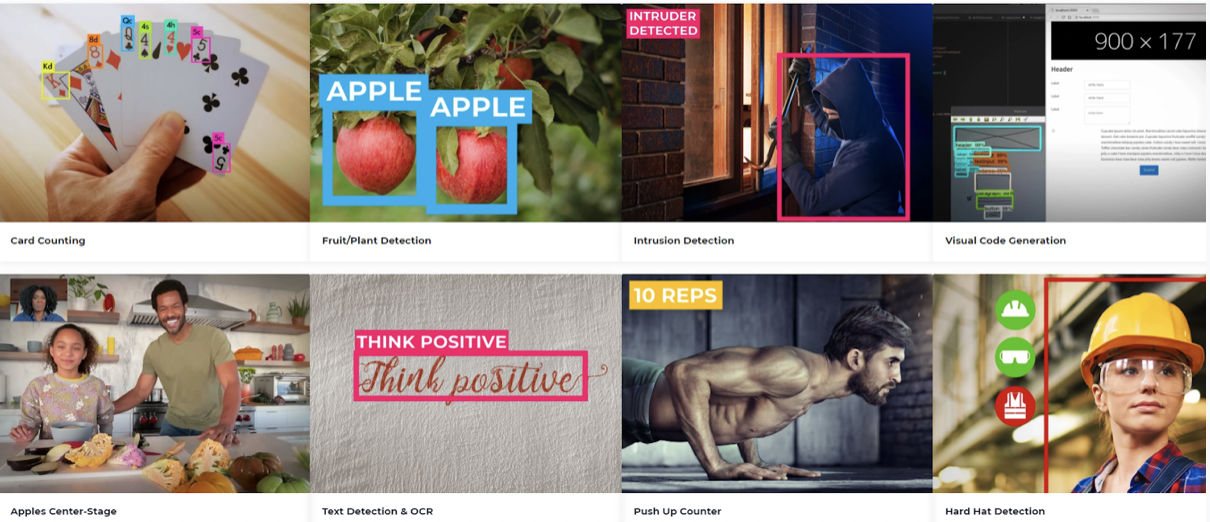
Hyped up and don’t know where to start? Take a look at our YOLOR course! It is a comprehensive course that covers the state-of-the-art object detection model YOLOR. We also develop a wide range of interesting and unique computer vision applications that will help you spice up your resume/profile. And right now we have a SPECIAL PROMO so you can get it for a fraction of the normal cost. What are you waiting for? Get it HERE before the offer ends.
In addition to that, here are some free resources to assist you on your learning journey and help land your first computer vision role:
From 80-Hour Weeks to 4-Hour Workflows
Get my Corporate Automation Starter Pack and discover how I automated my way from burnout to freedom. Includes the AI maturity audit + ready-to-deploy n8n workflows that save hours every day.
We hate SPAM. We will never sell your information, for any reason.




